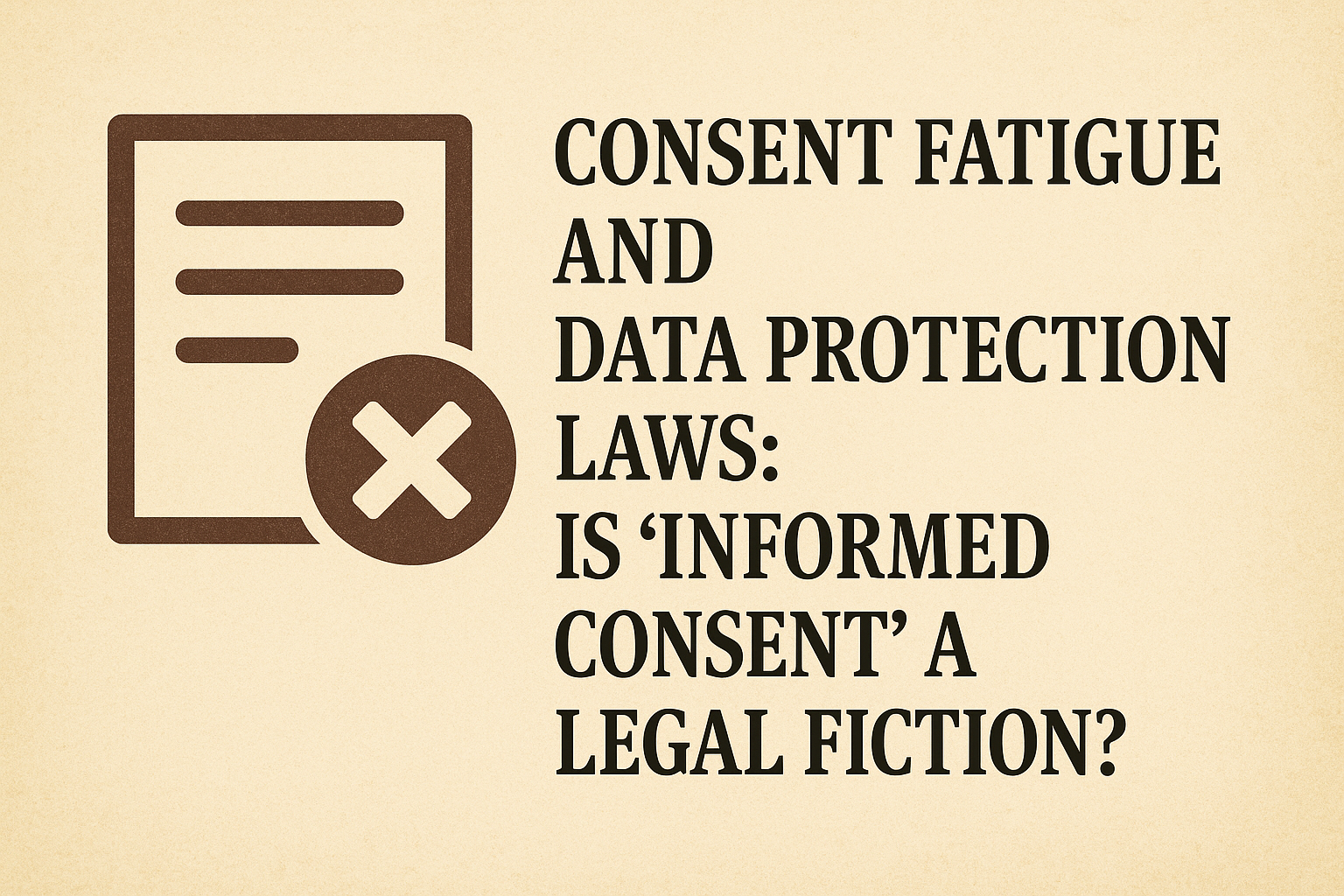INSIGHTS ON HOW TO SUCCEED IN GETTING ANTICIPATORY BAIL
Authored by- RONALD RAPHAEL
Student at Kingston Law College
INTRODUCTION :
In the legal system, with every failure and miscarriage of justice, certain developments were immediately made to cure those failures and loopholes. Similarly, arrest and detention for lesser serious offences could be seen creating havoc. Even for offences relating to Section 498-A of I.P.C. ,i.e, cruelty, being a cognizable offence by nature the Police Officers could be seen making arrest of the husband and his family members immediately after the lodging of an FIR by the wife despite of holding a preliminary inquiry or service of notice U/s 41- A of CrPC. The rising custodial deaths and the use of arbitrary power by the Police Officers, provided us with a much newer concept known as “The Anticipatory Bail” introduced and inculcated within the Code of Civil Procedure, 1973. Gradually, various developments were also made which curtailed the enormous powers of the Police Officer in pursuant to arrest. The Hon’ble Supreme Court issued guidelines stating therein that: for lesser gravity offences, the officer in charge/investigating officer shall primarily and mandatorily serve notices of appearance U/s 41- A of CrPC, rather then arresting directly. The Hon’ble Supreme Court in the Lalita Kumari’s case held that, in Matrimonial cases the Police Officer shall first make a preliminary inquiry in order to find out whether or not a cognizable offence has been committed and if so it’s gravity.
1 Lalita Kumari v. Govt. of Uttar Pradesh and Others AIR 2012 SC 1515
MEANING OF ANTICIPATORY BAIL U/S 438 OF CRPC :
Section 438 of CrPC embodies the concept of Anticipatory bail, just as the name suggests, it is a special kind of bail granted by the District and High Courts upon there discretion to any such accused person who is apprehending his arrest in connection to a cognizable case. Section 438 sub section (1) provides that before the District and High Court grants an anticipatory bail, it shall take into consideration the following things:-
a)The nature of the offence ;
b)The gravity of the offence ;
c)The habitual behaviour of the offender if any ;
d)Whether or not the accused if granted bail will comply with the conditions of bail.
Section 438 sub section (1-C) provides that if the anticipatory bail is rejected, the Police Officers can arrest the accused. However, this provision not imposes an obligation upon the Police Officers to mandatorily the arrest.2
Section 438 sub section (3) provides for the conditions imposed upon the accused for anticipatory bail :-
a)That the accused will not commit a similar or any offence in future ;
b)That the accused will appear whenever asked by the Police Officer ;
c)That the accused will not tamper or induce evidences ;
d)That the accused will not leave India without permission.
Therefore, after complying with the said conditions and executing the bond as mentioned the accused will be let on anticipatory bail.
2 Arunesh Kumar v. State of Bihar
HOW TO SUCCEED IN GETTING AN ANTICIPATORY BAIL :-
Understanding the said strategy with the help of a real life problem, gives much better insight.
Problem :- “A” and “B” are husband and wife married on 14th March 2000, with Hindu rites and ceremonies at Patna, Bihar. Out of the wedlock a daughter “C” was born. All of a sudden from 10th April 2022, disputes and differences starting arising between the husband and the wife and consequently on 25th April 2022 “B” wife lodged an FIR U/s 498-A of I.P.C. ,i.e, cruelty against “A”. Hence, this case.
Solution and insights for Anticipatory Bail :-
1.As soon as an FIR is lodged, the officer in charge/investigating officer so appointed will inform the accused either on call or other means to appear before the concerned police station. Here, “A” shall refrain from appearing and shall firstly call the concerned the officer in charge/investigating officer to serve a notice U/s 41- A of CrPC as per the guidelines of the Supreme Court. This will help “A” in gathering information and prepare for counter arguments and defences.
2.The next step involves giving of reply to the notice U/s 41- A of CrPC, this is a very crucial step and should be complied mandatorily as because this reply will be useful in annexing with the Anticipatory Bail Petition which will prove your stance against the allegations mentioned in the FIR. A failure to reply will cost immense as because often the officer in charge/investigating officer mentions in the case dairy that “the accused has not denied any allegation mentioned in the FIR”.
3.As noted earlier an anticipatory bail is granted as a matter of discretion and the success lies upon the evidences and arguments.
“A” should now move an Anticipatory Bail Petition U/s 438 of CrPC before the Patna District Court. A successful anticipatory bail petition covers both:-
a)Efficient contents containing denial and counter arguments;
b)Efficient arguments before Court .
a)Efficient contents containing denial and counter arguments : That, the Anticipatory bail petition shall include, the followings:-
1.The prosecution story as mentioned in the FIR ;
2.The apprehension of getting arrested by the Police Officer in connection with the Section 498-A I.P.C. case ;
3.The arguments portraying that the allegations made in the FIR are malafide and baseless accompanied by an ulterior motive ;
4.The arguments portraying that the allegations made in the FIR are in general ;
5.The counter arguments centric towards the allegations made, accompanied with evidences ;
6.The reply to 41-A notice shall also be annexed with other evidences ;
7.The declaration that the accused has not moved any other bail petition ;
8.The declaration that the accused is a respectable person agreeing to comply with bail bond conditions ;
9.The illness (if any) to “A” shall be also mentioned .
b)Efficient arguments before Court :- After the institution of the anticipatory bail the Judge will call for the case dairy/ provisional case dairy from the investigating officer. The Judge will read the facts and findings and statements of witnesses.
After the first half is complied with, the next step comes into the picture, i.e, the art of advocacy, the graver the offence the lesser the success rate. The advocate shall proceed with arguing upon the grounds taken by him in the anticipatory bail petition, accompanied by radical notions of “B” case to be malafied for grabbing flat, money, etc. supported with evidences and reply to notice U/s 41(A) .
Arguments such as not being present at the place of occurrence of crime would help the accused with his case. The advocate shall also argue that the accused is a respectable person agreeing to comply with bail bond conditions.
CONCLUSION :
Therefore, just like the problem mentioned above, in all aspects anticipatory bail can be taken, but it should be fought for as because it is not a matter of right but a discretion of power of Court. The Court takes into consideration the nature of offence, habitual offender, instances of absconding and other relevant factors before granting it to the accused and if the accused does as abovementioned the success rate of an anticipatory bail of being granted will be increased. Evidences and arguments become the turning points , especially in matrimonial matters where non compliance in mediation turns out to the rejection of Anticipatory Bail. Section 438 of CrPC embodies the concept of Anticipatory bail, just as the name suggests, it is a special kind of bail granted by the District and High Courts upon there discretion to any such accused person who is apprehending his arrest in connection to a cognizable case.








